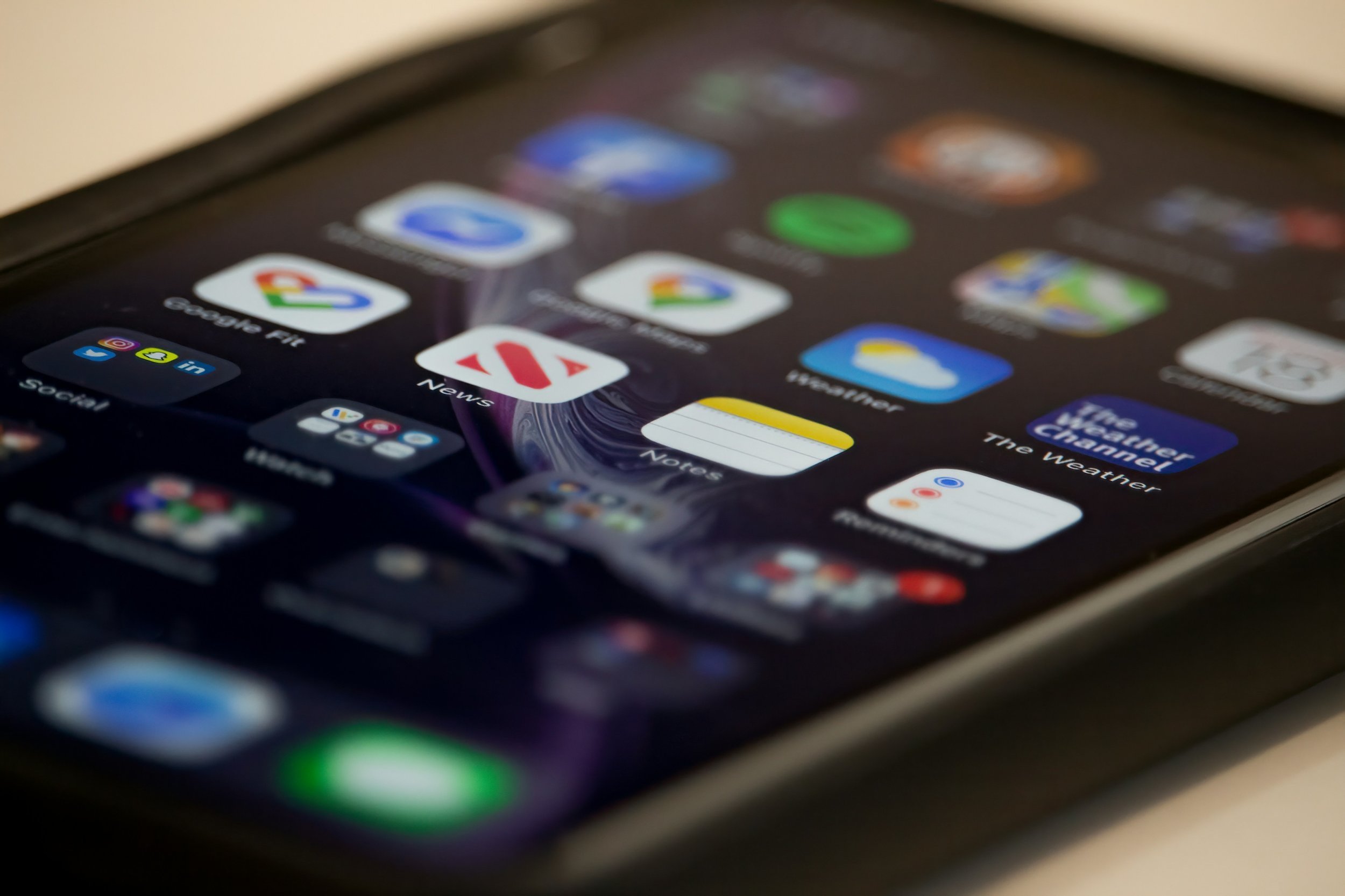Navigating the world of apps
The app overload
There’s probably an app for almost everything these days. Just this morning, I downloaded a new one and realized that there were a whole load of apps on my phone that I haven’t used for a long time. Do I really need that yoga app from three years ago that I haven’t used? It just makes me feel bad looking at it.
So, it’s time to go through your phone, delete those apps and the data in them that you no longer need. Just having them there is taking up space on your phone potentially. They haven’t been updated, which provides a kind of a weakness that a cybercriminal might decide to take advantage of. It just makes really good sense just to not have the things on your phone that you don’t need anymore. You may be unaware what it could be collecting about you and sharing, and that’s personal information that you need to keep protected.
And while you’re at it, those apps that you’ve decided to keep, set those updates to run automatically. It takes the hassle away from you.
App permissions: A closer look
Earlier this week, I downloaded a couple of new apps and was really intrigued as to why they were asking for permission to access my microphone and my camera. This was an app for gardening, and I had no intention of ever sharing photographs with it or speaking into it.
It’s really easy, isn’t it, when we download apps just to kind of not really understand or not really have time to figure out what they are actually doing in the background other than just giving us those little features or great tips for life that we actually downloaded the app for.
So, if you’ve got a little bit of time, maybe you’re watching a really boring programme on TV or you’re waiting for a bus, go into the settings on your phone. You’ll see all the apps listed. You can open each one and see the things that it has access to. If you don’t really feel it needs to access your contacts, your microphone, or your camera, you can just slide to turn that off. Later on, if you’re using the app and it stops working for some particular reason, it might be that you need to go back in and slide that permissions bar back over. But it’s better to lock it down to the minimum and then open things up again as you need.
Real vs Fake apps
There are thousands and thousands of apps in the different app stores these days. And when you go to download something, it is quite hard to tell the difference between a real one and a fake one, especially if you’re in a rush and someone just gives you the name of the app and you type it in. Generally, it’s the first one that comes up in the list, so you just kind of go with that.
Now, a fake app is a really great way that a cybercriminal uses to get you to part with your personal information. So it pays to spend a little bit of time examining an app before you take that second to download it.
So how can you tell if it’s a real one or not? Have a look at the reviews and the comments that people leave on the app, and if there’s a lot of really negative comments, it’s probably not a legitimate one.
Remember, stay safe and take control of your digital footprint.
For more information check out this short video on managing your apps.


